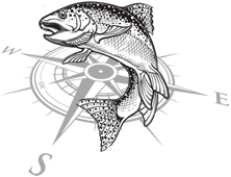Speckled Wing Quill or
Simply a Callibaetis
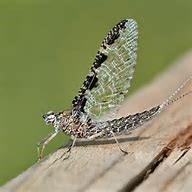
Callibaetis Mayflies are from the Baetidae family of Mayflies. We are familiar with the Blue Winged Olive (Baetis) Mayfly, well, the Callibaetis is closely related to the Blue Winged Olive Mayfly. Callibaetis nymphs are strong swimmers. They are very active nymphs swimming from place to place often in the river which makes imitating them in their nymphal form a clever idea.
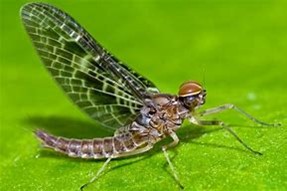 Callibaetis Mayflies are most commonly thought of as a Stillwater or Lake Mayfly because they are at home in most lakes around the country. However Callibaetis do in fact live in rivers of the Northwest but these are few and far between. The great rivers of Idaho, the Owyhee River, Henry’s Fork and the many spring creeks such as Silver Creek have healthy populations of Callibaetis Mayflies.
Callibaetis Mayflies are most commonly thought of as a Stillwater or Lake Mayfly because they are at home in most lakes around the country. However Callibaetis do in fact live in rivers of the Northwest but these are few and far between. The great rivers of Idaho, the Owyhee River, Henry’s Fork and the many spring creeks such as Silver Creek have healthy populations of Callibaetis Mayflies.
The Callibaetis Mayfly is a summer Mayfly that will usually begin to hatch in mid-June through September. Unlike other Mayflies the Baetis and Callibaetis in particular are a multi brood Mayfly. Callibaetis can emerge to adulthood six weeks after hatching from their eggs. This is why on the Owyhee River a single Callibaetis Mayfly may have up to three broods in a season. This is why Stillwater fly fishermen will see Callibaetis hatches all summer long on the lakes and reservoirs they fly fish. It is easy to identify the Callibaetis while fly fishing a lake. If you see a Mayfly then you are more than likely seeing a Callibaetis dun or spinner. Callibaetis nymphs need slow moving rivers like spring creeks with good biomass on the bottom. Most river or creek bottoms which consist of lots of aquatic plants and mud is where you will find a good population
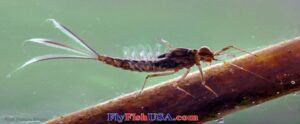
of Callibaetis Mayflies. Depending on the river or lake you are fishing, the Callibaetis dun can be found in a variety of colors ranging from a total gray body like what we see on the Owyhee River to a brownish gray color. However the most common color that all Callibaetis have is their wing. It is what we call a mottled gray wing.
During a spinner fall the sky above the river can look like a river of gray as the females and males jockey for a good mate. Once mating has finished, its history for the male Callibaetis. Death is quick as their batteries just run out of juice. Leaving the female the only fly above the river the females will then begin to lay their eggs on the river’s surface. It’s called a spinner fall for when the females lay the last of their eggs they simply lay on the water and die. This is known as a spent spinner. Now is the time to put on your Speckled Wing Dun Spinner pattern.
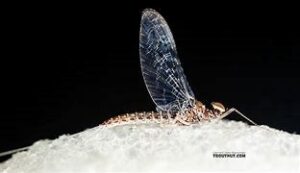
Often anglers will lose out on an easy catch being frustrated by feeding trout but unable to catch any. This is because those feeding trout are gorging themselves on Callibaetis Spent Spinners and not the emerger, spinner or dun. It may be hard to identify these trout feeding on the dead Callibaetis because they are hard to see on the water. The water may look absent of any fly making you believe those feeding trout are eating emergent Callibaetis. However if you look carefully on the water, or in your seine, you will see little black spots or bodies of dead Callibaetis Mayflies. They are hard to see because their wings are as clear as glass making them almost impossible to see on the surface without a seine.
